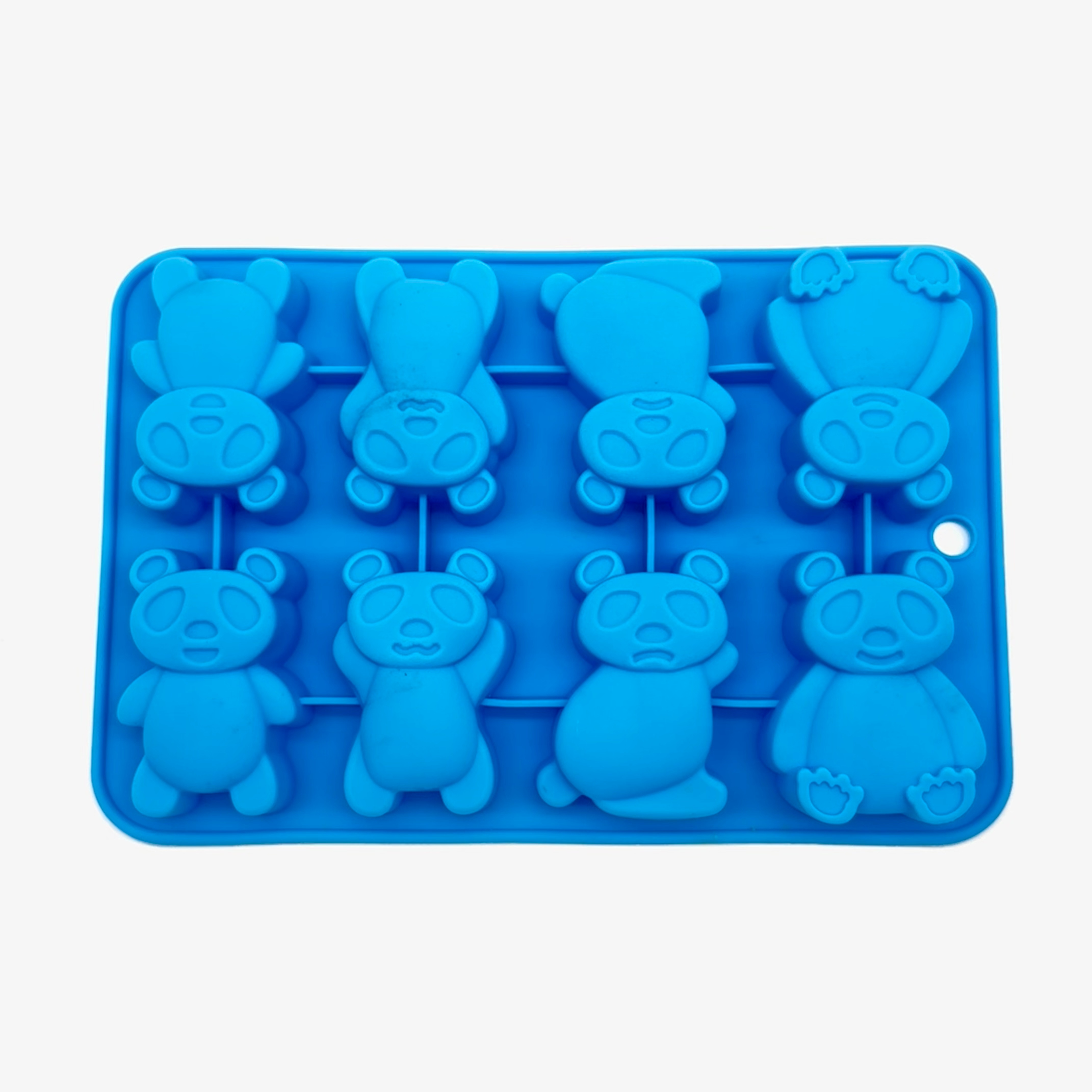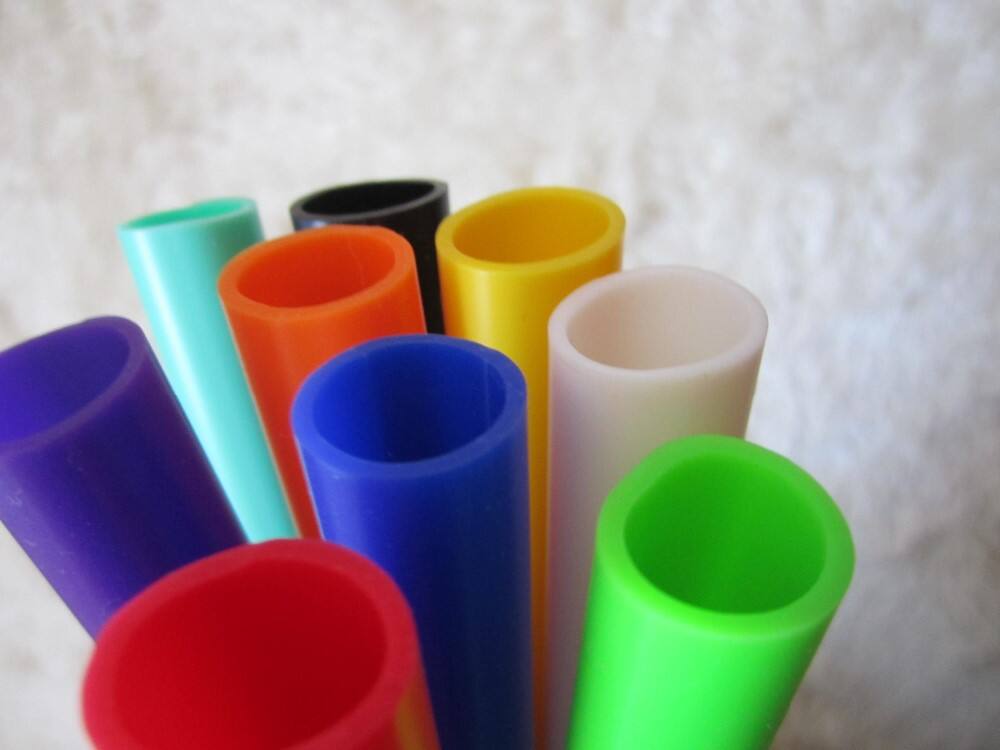The Evolution of Modern Ice Making Solutions
The humble ice tray has come a long way from its early metal and plastic origins. Today's consumers face a choice between two popular materials: silicone vs plastic ice trays. This decision impacts not just the quality of ice produced, but also durability, ease of use, and environmental considerations. Understanding the key differences between these materials can help you make an informed choice for your ice-making needs.
Material Properties and Performance
Durability and Longevity
Silicone ice trays offer superior flexibility and resistance to cracking, even under extreme temperature conditions. The material maintains its shape and integrity through countless freeze-thaw cycles, typically lasting several years with proper care. In contrast, plastic ice trays can become brittle over time, especially when exposed to repeated temperature changes. While quality plastic trays can last a considerable time, they're more prone to developing cracks or losing their structural integrity after extended use.
Temperature Resistance and Stability
When it comes to temperature handling, silicone ice trays demonstrate exceptional performance. They can withstand temperatures from -40°F to 446°F without degrading or releasing harmful chemicals. This temperature range far exceeds what's needed for ice making, providing an extra margin of safety. Plastic ice trays, while generally safe for freezer use, may become more rigid and susceptible to damage at very low temperatures. Some plastic materials can also become slightly warped after prolonged exposure to freezing conditions.
Functionality and User Experience
Ease of Ice Removal
One of the most notable advantages of silicone ice trays is the effortless ice removal process. The flexible nature of silicone allows users to simply twist or push from the bottom to pop out ice cubes cleanly. This feature eliminates the need for banging or running under warm water, which is often necessary with plastic trays. Plastic ice trays typically require more force to release ice, and cubes may break or crack during removal. Some modern plastic trays come with release mechanisms, but these can wear out over time.
Filling and Storage Convenience
Both silicone vs plastic ice trays offer distinct advantages in terms of handling. Silicone trays are more flexible, which can make filling them slightly trickier as they might wobble or bend when carried to the freezer. However, this flexibility allows them to be stacked more easily without sticking together. Plastic trays provide more rigidity during filling and transport, but may stick together when stacked, requiring careful separation to avoid spillage.

Environmental Impact and Safety Considerations
Environmental Footprint
The environmental impact of silicone vs plastic ice trays varies significantly. Silicone is more durable and longer-lasting, potentially reducing the frequency of replacement and overall waste. It's also more environmentally friendly to produce than plastic and can be recycled, though specialized facilities may be required. Plastic ice trays contribute more to environmental concerns, particularly if they're not made from recycled or recyclable materials. The shorter lifespan of plastic trays means they may need to be replaced more frequently, potentially increasing plastic waste.
Food Safety and Chemical Composition
Food safety is a crucial consideration when choosing ice trays. High-quality silicone ice trays are generally considered very safe, as they're non-toxic and don't leach chemicals into ice, even at extreme temperatures. They're also naturally resistant to bacterial growth. Plastic ice trays, particularly those made with BPA-free materials, are safe for food contact but may be more prone to absorbing freezer odors or developing surface scratches that can harbor bacteria over time.
Cost Comparison and Value Analysis
Initial Investment
The upfront cost of silicone ice trays typically exceeds that of plastic alternatives. Premium silicone trays can cost two to three times more than basic plastic versions. However, this price difference should be considered alongside the longer lifespan and enhanced functionality of silicone trays. Plastic ice trays are more budget-friendly initially but may require more frequent replacement, potentially evening out the long-term cost.
Long-term Value Proposition
When evaluating long-term value, silicone ice trays often prove more economical. Their durability, resistance to damage, and longer lifespan mean fewer replacements are needed over time. Additionally, the superior ice release mechanism reduces the likelihood of breakage or spillage, saving both time and water used in the ice-making process. While plastic trays offer adequate performance at a lower initial cost, their shorter lifespan and potential need for replacement should factor into the value calculation.
Frequently Asked Questions
How long do silicone ice trays typically last compared to plastic ones?
Silicone ice trays generally last 5-10 years with proper care, while plastic trays typically need replacement every 1-3 years depending on usage and quality. The extended lifespan of silicone trays is due to their superior flexibility and resistance to temperature-related degradation.
Can silicone ice trays affect the taste of ice?
High-quality silicone ice trays are taste-neutral and won't affect the flavor of your ice. They're less likely to absorb freezer odors compared to plastic trays. However, it's important to clean them thoroughly before first use and periodically thereafter to maintain optimal performance.
Are silicone ice trays dishwasher safe?
Yes, most silicone ice trays are dishwasher safe and can withstand high temperatures without warping or degrading. Plastic trays may be dishwasher safe as well, but they're more susceptible to warping under high temperatures and may need to be placed on the top rack only.

